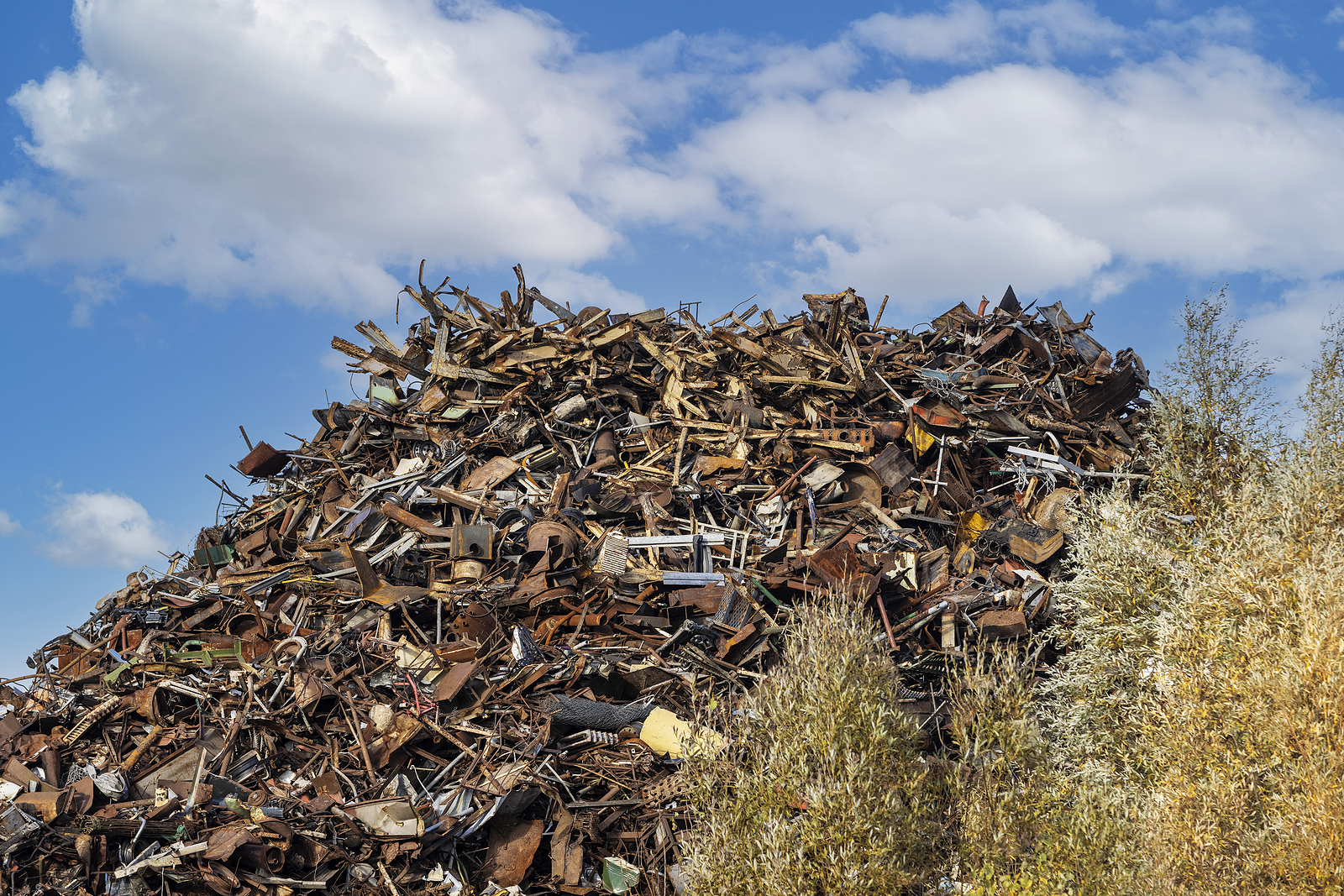Junkyards can serve a valuable purpose to a community, but they also pose unique zoning and regulation considerations. State regulations of junkyards have been altered recently, providing authority for the Iowa Department of Transportation (IDOT) to control the establishment and screening of junkyards located adjacent and visible to all state highways designated as part of the National Highway System. This expanded regulatory control is required by the Federal Highway Beautification Act of 1965, as recently revised during passage of the 2012 federal highway reauthorization bill, and was a condition for continued federal funding for Iowa’s highway infrastructure.
As a result of the recent regulatory change, the IDOT revised its regulations of junkyards, found at Iowa Administrative Code (IAC) 761 IAC 116. Those regulations now apply to junkyards in many cities situated along the state highways and not just to those situated along interstate highways.
Junkyards Defined
Under Chapter 306C of the Code of Iowa and IDOT regulations, a junkyard is any site which contains 10 or more inoperative motor vehicles.
New Junkyard Regulations
Junkyards which are located in areas not classified as industrial, but which are located within 1000 feet of and visible to a state highway on the National Highway System, are “subject to control” and need to be screened or removed.
Screening or removal will not be mandated upon pre-existing junkyards in legal operation within their current footprint, unless funding is available from state and federal sources. Persons or entities planning to develop or expand junkyards in areas subject to control will need to incorporate screening needs into their development plans in cooperation with IDOT.
City Regulation of Junkyards
Cities have zoning authority to regulate the location of junkyards and often restrict them to industrial zones or heavy use commercial zones. Even where they are allowed city zoning ordinances often require screening – i.e. sight obscuring fencing of a height sufficient to prevent junk being visible across the junkyard property line.
A pre-existing junkyard that was established prior to a city’s adoption of zoning restrictions on the location of junkyards that is not compliant with city zoning regulations will be considered “non-conforming” and will likely have “grandfather rights” to continue that use at that location, even if the zoning ordinance now prohibits that use at that location. However, the owner of a pre-existing junkyard who wishes to expand that use may be prohibited from doing so at that location if that use is prohibited; or if the use is allowed, the expansion will have to conform to current zoning regulations regarding setbacks and screening.
The same will be true of junkyards established prior to the state’s adoption of the new law and regulations regarding junkyards located adjacent and visible to state highways – they will be allowed to continue in existence.
City Zoning in Relation to IDOT Regulations
It is not uncommon for the state of Iowa and for cities to regulate the same subject matter. Section 364.3 of the Code recognizes that possibility and sets out some guidelines as to which entity’s regulations will control in a given situation:
“A city may not set standards and requirements which are lower or less stringent than those imposed by state law, but may set standards and requirements which are higher or more stringent than those imposed by state law, unless a state law provides otherwise.”
Under this provision, if a city regulatory standard or requirement regarding junkyards is more stringent than a state regulatory standard or requirement, the city can enforce that regulatory requirement. However, a city cannot enforce a less stringent standard or requirement and should defer to the enforcement of the state regulations by the IDOT.
City Junkyard Screening Requirements Inconsistent with IDOT Screening Requirements
The IDOT junkyard screening regulations, found at 761 IAC Chapter 306C, Section 116, provide that junkyard “screening shall be designed to eliminate the visual impact of the junkyard contents by obscuring it from view from the main traveled portion of the highway”, and that “screens shall be made of wood, metal or other materials commonly used in the building trade, and shall be of a height and type necessary to provide obscurement.”
Some cities have adopted junkyard zoning regulations that closely follow the language of the IDOT regulations. Dubuque’s ordinance provides that “the purpose of screening is to eliminate the visual impact of the junkyard/salvage operation contents by obscuring it from view outside the premises”, and that “screens must be made of wood, metal, or other materials commonly used in the building trade and be of such height and type as necessary to provide obscurement.”
Des Moines’ ordinance, on the other hand, provides that “All areas outside a completely enclosed building used for the storage of … junk or salvage materials shall be enclosed on all sides by a solid opaque fence and gates at least eight feet in height and of uniform design and color, and should be effectively screened from public view.” In this instance, Des Moines’ ordinance requires an obscuring fence of at least 8 feet in height, while the IDOT regulation imposes no minimum height requirement. Under the IDOT rule, a fence of six feet in height would be sufficient if it screened the junkyard from public view from a state highway. However, in this circumstance the Des Moines ordinance is valid because it is setting a more stringent standard or requirement than is imposed by the state regulation.
Junkyards Inside City Limits Not Screened from Highway
In this circumstance, the city might approve development or expansion of a junkyard under its zoning ordinance, exposing the junkyard operator to inconsistent regulation by the city and the IDOT. Although this represents a rare possibility, it does showcase how city and IDOT regulators could end up working at cross purposes in some circumstances – to the disadvantage of the property owner. This points out the need for city and IDOT regulators to work in close cooperation with one another whenever they are confronted with a situation in which the development or expansion of a junkyard in a city is proposed within 1,000 feet of a state highway.






